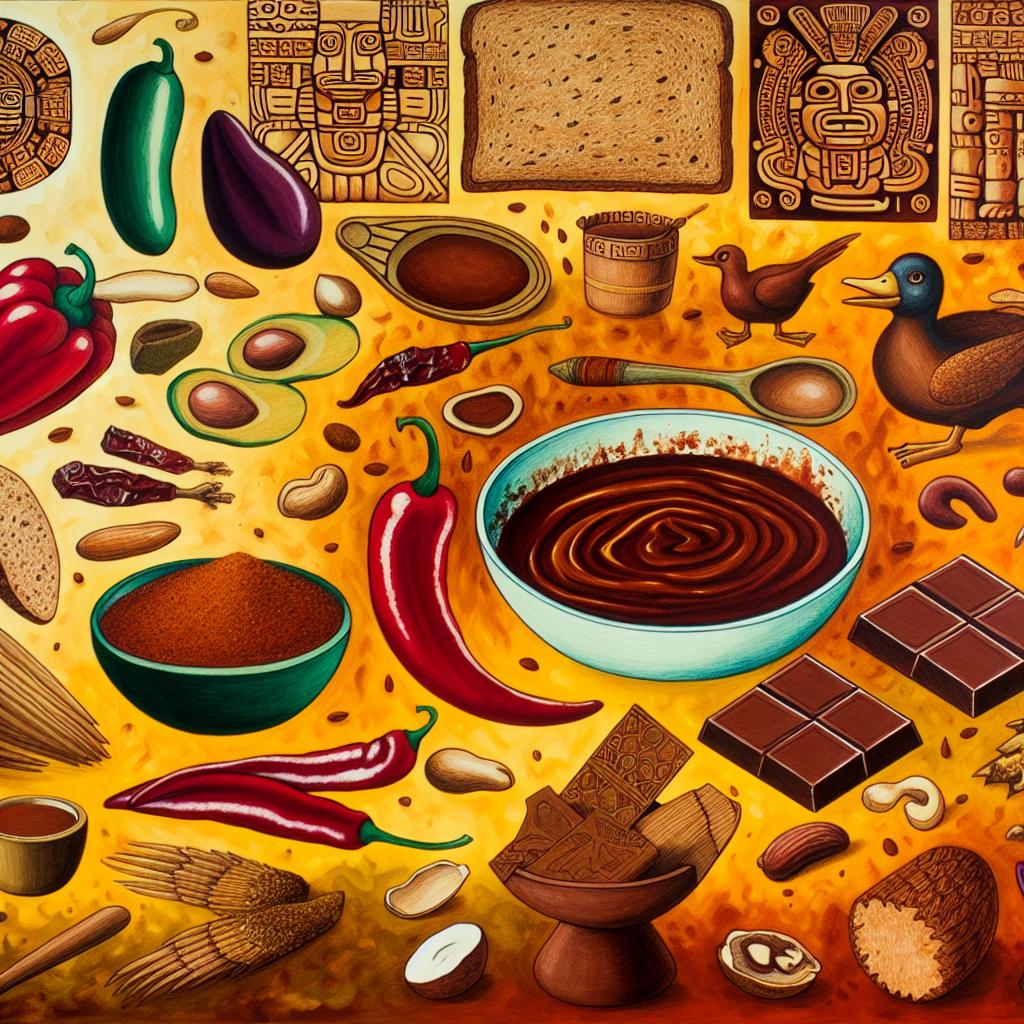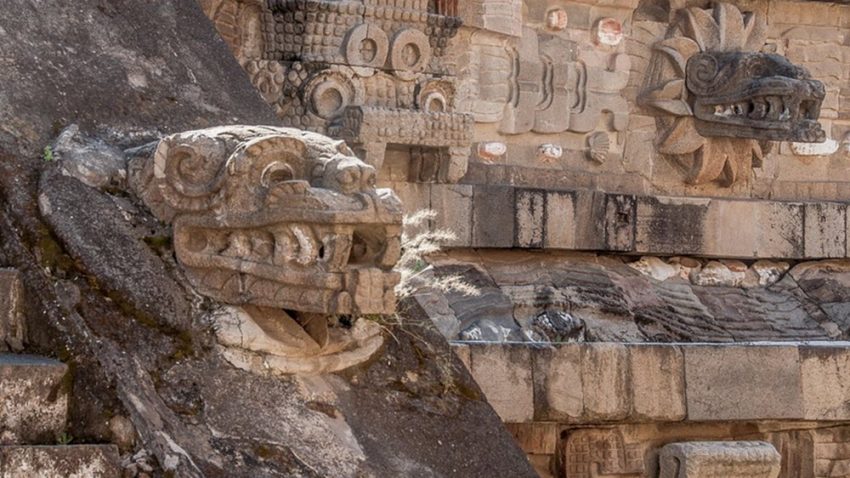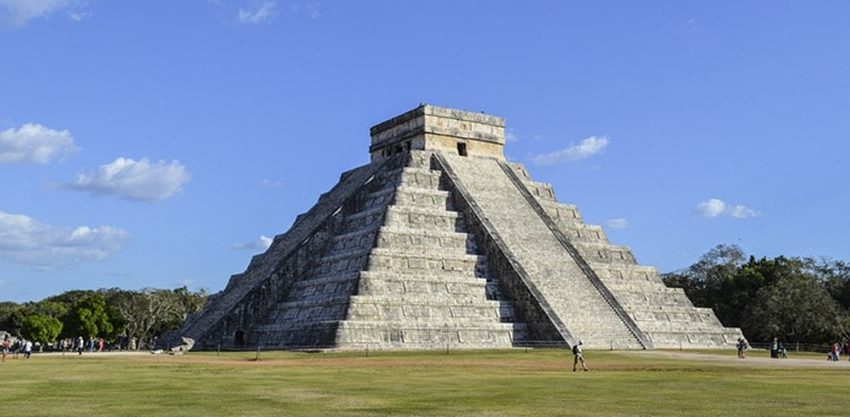The Origins of Mole
Mole stands as a fundamental element of Mexican cuisine, with a history that exudes richness and complexity. To comprehend its origins, one must delve into the pre-Columbian era, a time when indigenous Mexican civilizations crafted simple concoctions using available local ingredients. In these early days, the moles were likely straightforward, incorporating elements such as chili peppers, tomatoes, and various regional spices.
Colonial Influence
The intersection of cultures brought about profound shifts in culinary practices, most notably during the Spanish conquest of Mexico in the early 16th century. This event marked the introduction of a plethora of ingredients previously unknown to the local populace. With the arrival of the Spanish, almonds, sesame seeds, rice, and a range of spices from Asia and the Middle East found their way into the Mexican kitchen. This influx of new ingredients was instrumental in transforming mole into the complex sauce known today.
The intricate dance of indigenous flavors with European spices and techniques played a pivotal role in mole’s evolution. The resulting amalgamation not only enriched the flavor palette but also signified the blending of two distinct culinary legacies. This fusion laid the groundwork for mole’s continued development through the centuries, illustrating the adaptability and inventiveness of Mexican cuisine.
Legendary Origins
The cultural significance of mole is illuminated through several legends and tales surrounding its creation. One of the most enduring stories centers around a convent in Puebla. According to the legend, the nuns in the convent were faced with the sudden visit of the archbishop. In a display of resourcefulness, they concocted a rich sauce using whatever ingredients were at hand and served it over turkey. This improvised dish was a hit with their esteemed guest. This story serves not only as a testament to the creativity inherent in Mexican cooking but also underscores mole’s role as a dish born out of necessity and ingenuity.
Cultural Importance
Mole occupies a cherished position within Mexican culture. Its role extends beyond that of a mere culinary delight, marking it as a symbol of Mexican identity and tradition.
Symbol of Mexican Identity
Within Mexico, mole is inextricably linked to celebrations and communal gatherings. The complex preparation process and the resulting rich flavor profile have elevated mole to a status symbol of Mexican culinary identity. It’s traditionally associated with significant life events, such as weddings, birthdays, and religious festivals. Each occasion where mole is served underscores its importance in family and community life, as well as its role in preserving cultural customs.
Regional Variations
As diverse as Mexico’s geography is, so too are the variations of mole that have developed across its regions. These adaptations reflect local tastes and the availability of ingredients. Among the myriad variations of mole, Mole Poblano from Puebla stands out as perhaps the most renowned. Known for its unique blend of chocolate, chili peppers, and an array of spices, it epitomizes balance and complexity in flavor. Equally famous is Mole Negro from Oaxaca, distinguished by its deep, dark hue and the use of local ingredients like hoja santa, a fragrant herb that contributes to its distinctive taste.
These regional specialities not only highlight the diversity within Mexican cuisine but also celebrate the unique cultural heritages of their respective regions.
Preservation of Tradition
The tradition of preparing mole is often passed down through generations. This transference of knowledge preserves more than just the recipe; it maintains cultural traditions and heartfelt memories. The act of preparing mole becomes a way for families to connect with their past, sustaining a culinary legacy that binds communities together.
Continued Evolution
In today’s culinary landscape, mole continues to evolve, with modern chefs infusing new techniques and ingredients into its preparation. This perpetuation of innovation is a testament to mole’s enduring cultural and culinary significance. As chefs explore new possibilities, mole remains a dynamic embodiment of Mexico’s culinary heritage, continuously bridging historical flavors with contemporary flair.
In conclusion, mole represents more than a mere sauce; it encapsulates the essence of Mexican history, culture, and tradition. Its origins and development highlight the seamless integration of indigenous and colonial influences. Moreover, the continued relevance of mole underscores the adaptability and richness of Mexican cuisine. For those interested in further unraveling the mysteries of Mexican gastronomy, engaging in [local culinary tours](https://example.com) or participating in traditional cooking classes can offer a deeper appreciation for mole’s lasting allure.







